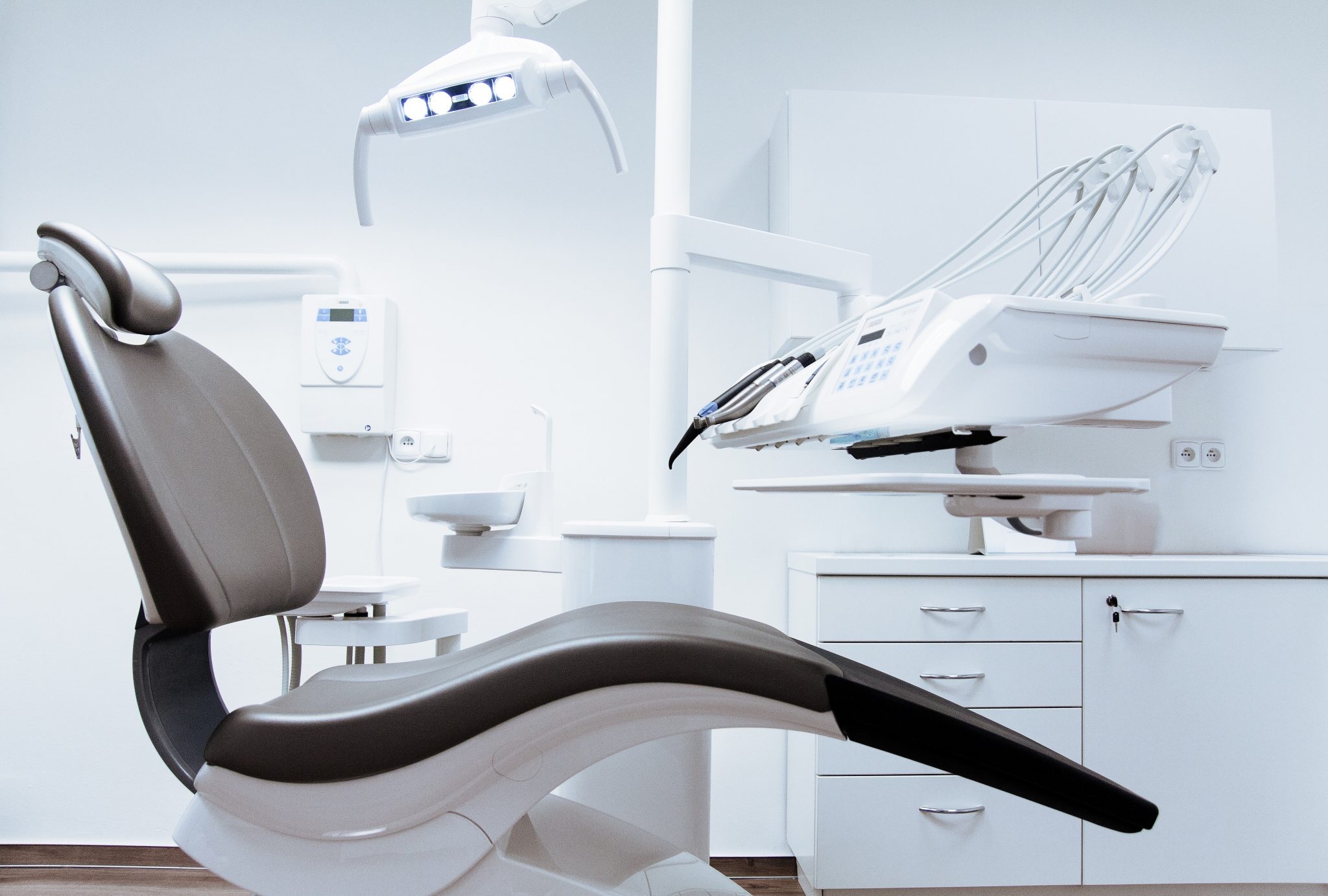
Teeth-Straightening Solutions for Teens and Beyond
By the time they reach 13, most kids have said goodbye to their baby teeth. Even before the final baby teeth fall out and most of their adult teeth make an appearance, it’s usually quite apparent if there’s a risk of overcrowding or if the teeth are starting to come in crooked. This period is the optimal time to start orthodontic treatments as their permanent smiles are still forming.
Orthodontic care does more than just enhance the natural appeal of your teen’s smile—it plays a crucial role in maintaining their oral health. Misaligned teeth or an uneven bite can complicate proper cleaning, cause discomfort, and lead to ongoing pain. With timely orthodontic intervention, many of these issues can be effectively managed or completely resolved, sometimes in as few as six months. This not only ensures your teen’s smile looks great but also helps them maintain better overall dental health.
Benefits of Orthodontics for Teens
Orthodontic treatment can address various dental issues, improving both aesthetics and oral health. Your teen will benefit from orthodontic treatment if they have one or more of the following:
- Crowding: Aligns overlapping or twisted teeth by creating space.
- Spacing: Closes gaps between teeth.
- Overbite: Adjusts upper teeth that protrude significantly over the lower teeth.
- Underbite: Corrects lower teeth that extend past the upper teeth.
- Crossbite: Moves upper teeth that sit inside the lower teeth to their correct positions.
- Open Bite: Aligns upper and lower teeth to close gaps when the mouth is closed.
- Misaligned Dental Midlines: Corrects the alignment of the upper and lower teeth centers for improved jaw function.
These treatments not only enhance the look of the smile but also improve chewing, speaking, and oral hygiene maintenance.
Orthodontic Treatment Options
Orthodontic treatment comes in various forms, tailored to meet individual needs and financial considerations. Here are some common options that might be available:
Traditional Braces
The most common type, made of high-grade stainless steel, which straightens teeth using metal brackets and archwires. Traditionally associated with bulky metal brackets and wires, Modern braces have evolved significantly—they’re smaller, less conspicuous, and just as effective as their bulkier predecessors. These newer models are also easier to clean and much more comfortable to wear.
Clear Brackets
Particularly popular among our young adult patients, clear brackets are designed to provide the effectiveness of traditional orthodontics with a discreet appearance. Similar to metal braces but made with clear or tooth-coloured ceramic brackets, making them less noticeable. At a quick glance, most people won’t even notice you’re wearing braces.
Clear Aligners
Clear aligners, like Invisalign, have quickly become a popular choice. They consist of a series of custom-made, removable, clear plastic trays that gradually move teeth into place. Popular for their invisibility and convenience, these aligners fit snugly and can be removed for eating, as well as for normal brushing and flossing. They’re also conveniently removable for special occasions, such as school dances or class presentations.
Cost Expectations for Orthodontic Treatment In Drayton
With a standard insurance plan, orthodontic treatment typically ranges from $3,000 to over $5,000 out-of-pocket. After conducting an oral exam, we can provide you with an accurate quote, allowing you to determine how much your insurance will cover and your exact out-of-pocket costs. Without insurance, the cost of orthodontic treatment generally falls between $4,000 and $6,000+.
- The current state of the patient’s oral health, including the condition of their teeth and gums.
- The degree of movement required for the teeth.
- The type of orthodontic treatment selected.
- The duration of the treatment.
When evaluating the cost of orthodontics, several factors come into play:
- Complexity and Length of Treatment: The severity of the dental issues being corrected plays a significant role. More complex or severe misalignments require longer treatment times and possibly more sophisticated, costly approaches.
- Type of Treatment: Different types of braces or aligners can vary in price. For example, traditional metal braces are typically less expensive than ceramic braces or clear aligners like Invisalign.
- Geographic Location: Costs can vary depending on where you live. Urban areas with higher living costs tend to have higher rates for orthodontic services.
- Orthodontist’s Expertise: Experienced orthodontists or those with a very specialized practice might charge more for their services.
- Additional Costs: There are often additional costs for things like initial consultations, follow-up visits, x-rays, retainers for after treatment, and emergency visits for broken brackets.
Here’s a breakdown of what goes into the cost:
Treatment plan
Since every smile is unique, the best way to determine the most suitable treatment and its cost is to schedule a consultation. During the visit, we can conduct a thorough examination and create a personalized treatment plan that includes a precise timeline and cost estimate.
This transparency helps explain the investment needed for achieving a healthier, more aligned smile. While orthodontic treatment can be a significant financial commitment, the long-term benefits for oral health and confidence are well worth the expense.
Contact Us Today
to book your initial consultation and exam.
Your consultation will encompass a comprehensive examination of your teeth, gums, soft tissues, and the shape and condition of your bite. We aim to assess the overall appearance and function of your mouth. Before we design your treatment plan, we need a full understanding of your smile’s health and aesthetics, and most importantly, your goals for your smile, so we can help you achieve them.
Frequently Asked Questions
The best age for a teenager to start orthodontic treatment typically falls between 10 and 14 years of age. This range is ideal because most permanent teeth have erupted and the jaw is still growing, which can facilitate easier and more effective adjustments. However, the specific timing can vary based on individual growth patterns and the severity of dental issues.
When braces are first applied or adjusted, some discomfort is normal as the teeth start to shift. This discomfort usually lasts for a few days and can be managed with over-the-counter pain relievers. It’s important for teens to know that any initial discomfort gradually subsides, and routine adjustments become easier over time.
While wearing braces, it’s advisable to avoid hard, sticky, and chewy foods that can damage the brackets and wires. Foods like popcorn, nuts, hard candies, gum, and chewy candy should be avoided. It’s also wise to cut fruits like apples into smaller pieces and chew using the back teeth.
If a bracket breaks or a wire comes loose, it’s important to contact your orthodontist as soon as possible. Avoid adjusting any part of your braces yourself. Cover any sharp edges with dental wax and schedule an appointment for repairs to prevent delays in treatment.
Maintaining good oral hygiene is essential when wearing braces. Teens should brush their teeth after every meal and use a fluoride toothpaste to prevent cavities. An interdental brush can help clean between braces and under wires, and daily flossing with a floss threader or super floss are designed to remove debris between the teeth and along the gum line for orthodontics. We show all our patients how to floss their braces during their appointments.
The duration of wearing braces varies depending on the individual’s dental needs, but most teenagers typically wear braces for about 1 to 3 years. Regular check-ups and adjustments are necessary to ensure the treatment progresses as planned.
Yes, teenagers can still play sports while wearing braces. However, it’s crucial to wear a mouthguard to protect the braces and prevent injuries to the mouth. Custom mouthguards can be made to fit comfortably over braces and provide effective protection.






